Using Your Vehicle as a Tool for Prepping
In times of emergencies or natural disasters, having a well-prepared vehicle can be a game-changer. Your vehicle can serve as a valuable tool for prepping, allowing you to navigate through challenging situations and ensure your safety. Here are some tips on using your vehicle as a tool for prepping.
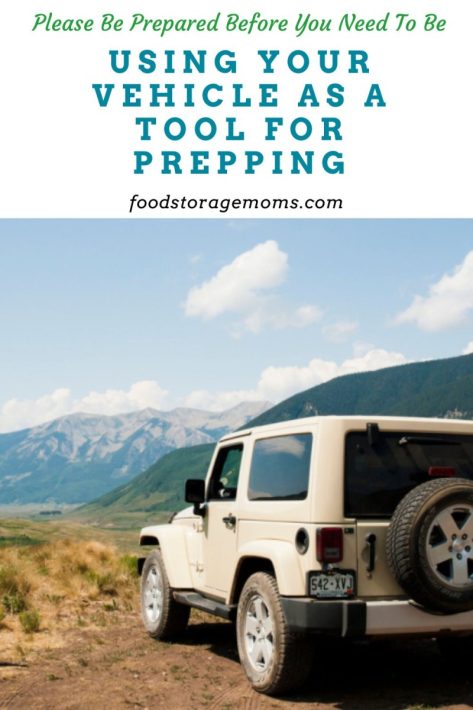
Can I use my regular vehicle for emergency purposes?
Yes, you can use your regular vehicle for emergencies. However, it’s important to ensure that your vehicle is well-maintained and equipped with the necessary supplies you’ll find useful.
1. Vehicle Maintenance and Upkeep
Before using your vehicle for prepping purposes, it’s crucial to ensure that it is in top condition. Regular maintenance checks, including oil changes, tire rotations, and brake inspections, are essential. Having fluid levels at the required specification is critical, including transmission fluid and other fluids like in the brake system, radiator, car battery, and windshield washer storage tank.
Keep a record of all maintenance activities and track mileage to know when your vehicle requires servicing. Also, make sure you check out the vehicle’s user manual to have a better understanding of what it’s capable of! Emergency Car Toilet You Need In Your Vehicle
2. Stock Essential Supplies in Your Vehicle
Prepare a well-stocked emergency kit. This car kit should include essential gear and supplies with the following:
- Bottled water – Store enough water to last at least three days for each person traveling in the vehicle.
- Non-perishable food – Pack energy bars, canned goods, and dry snacks that have a long shelf life.
- First aid kit – Include bandages, antiseptics, pain relievers, and any necessary medications.
- Blankets and warm clothing – Keep extra layers of clothing and blankets in case you need to spend an extended period in your vehicle during events like a significant snowstorm.
- Flashlights and batteries – Ensure you have reliable sources of light during emergencies.
- Fire extinguisher – Carry a compact fire extinguisher in case of vehicle-related fires.
- Basic tools – Keep a tool kit with tools like as a wrench, hammers, a sharp knife, an ice scraper, small shovels, pliers, screwdrivers, road flares, and duct tape for simple repairs.
- Maps and compass – Have physical copies of maps and a compass as a backup in case the GPS fails.
3. Install Essential Vehicle Accessories
Investing in certain vehicle accessories can greatly enhance your preparedness. Consider adding the following accessories to your vehicle:
- Cargo roof rack – A cargo roof rack allows you to carry additional supplies or equipment on top of your vehicle, increasing your available storage space.
- Winch – A winch can help you recover your vehicle if it gets stuck in mud, sand, or snow, ensuring that you can continue your journey.
- Off-road tires – Upgrading your tires to off-road ones can provide better traction and grip on rugged terrains.
- Emergency radio – Install a reliable emergency radio in your vehicle to receive important updates and alerts during emergencies.
- Portable jump starter – Carry a portable jump starter to revive your vehicle’s battery if it dies unexpectedly. You can also purchase a portable charger so the battery can keep a charge longer. You should also always have some jumper cables. That way you can get your vehicle started or help other motorists who are in trouble.
- Many new vehicles don’t have a traditional spare tire, they have tires that are designed to be driven on even when not totally inflated. Make sure the tires are in decent shape so you don’t get stranded. You may want to consider one of the small spares that are designed for short distances, just in case. That would require a lug wrench to remove the old tire and secure the spare.
4. Learn Essential Vehicle Skills
Knowing certain skills can be important when using your vehicle for prepping. I have some of my favorite essential vehicle skills that I think everyone should know. Best Vehicles for Surviving the End of the World
- Basic vehicle maintenance – Learn how to change a tire, check fluid levels, and perform other basic maintenance tasks.
- Off-road driving – Familiarize yourself with off-road driving techniques, such as navigating through rough terrain, crossing streams, and understanding vehicle recovery methods.
- Navigation – Develop your map reading and navigation skills, as GPS systems may not always be reliable during emergencies, particularly in remote locations.
- Emergency repairs: Learn basic repair techniques, such as fixing a flat tire, replacing fuses, or patching up minor leaks.
5. Plan Your Escape Routes
Identify multiple escape routes and alternative roads to reach your destination in case one route is blocked or compromised. Study maps, consider local road conditions, and familiarize yourself with different routes to increase your chances of reaching safety. Airlines: 13 Things You Need To Understand
What should I do if I get stranded in my vehicle during extreme weather conditions?
Stay inside your vehicle, conserve fuel, and use blankets or warm clothing to stay warm until a rescue team arrives. Run the engine periodically for heat, but ensure proper ventilation to prevent carbon monoxide poisoning.
Can I use my vehicle’s battery to power devices during emergencies?
While it is possible, it’s not advisable to only rely on your vehicle’s battery to power devices for an extended period. Consider carrying portable power banks or alternative charging options.
Do I need special tires for emergency situations?
While it’s not mandatory, having off-road or all-terrain tires can provide better traction and grip on challenging terrains during emergencies and adverse weather conditions.
What should I include in my vehicle emergency kit?
Your vehicle emergency kit should include essentials such as water, non-perishable food, a first aid kit, blankets, flashlights, batteries, a fire extinguisher, basic tools, maps, and a compass.
What are the best vehicles for emergencies?
- Sherp ATV – Known for its exceptional off-road capabilities and durability.
- Toyota Land Cruiser -A reliable SUV with impressive off-road performance and ample storage space.
- Chevrolet Express – A versatile van that can be customized for various emergency needs.
- Ford Crown Victoria – Often used by law enforcement agencies, this sedan offers reliability and durability.
- Chevy Astro AWD Cargo Van – This van is praised for its all-wheel drive capability and spacious cargo area.
- Mercedes-Benz Sprinter 4×4 – A rugged and capable van that can be converted into a mobile command center or emergency response vehicle.
- Ford Super Duty F-550 – A heavy-duty truck that can be equipped with specialized emergency equipment.
- Jeep Wrangler: Renowned for its off-road capabilities, this SUV can handle challenging terrain during emergencies.
- UNICAT – These expedition vehicles are built for extreme conditions and have a range of features for survival in emergencies.
- Armored Chevrolet Suburban HD – A fortified version of the Suburban capable of withstanding harsh situations.
More Tips
- Tips For Storing Emergency Supplies in Your Vehicle
- Car Survival:Items Needed In Your Vehicle
- How To Put Together A Vehicle Survival Kit
Final Word
Your vehicle can be used as a tool for prepping and ensuring your safety during emergencies. When you use these tools, you can maximize the use of your vehicle in times of emergency.
Note that with the increased popularity and technical advances in the electric vehicle marketplace, there will need to be additional ideas and steps applied to this post over time. If you have additional suggestions please leave them in the comments section below. May God Bless this World, Linda
Copyright Images: Ford Truck in Indianapolis Depositphotos_668956014_S by jetcityimage2, Jeep Depositphotos_11573388_S by urban_light

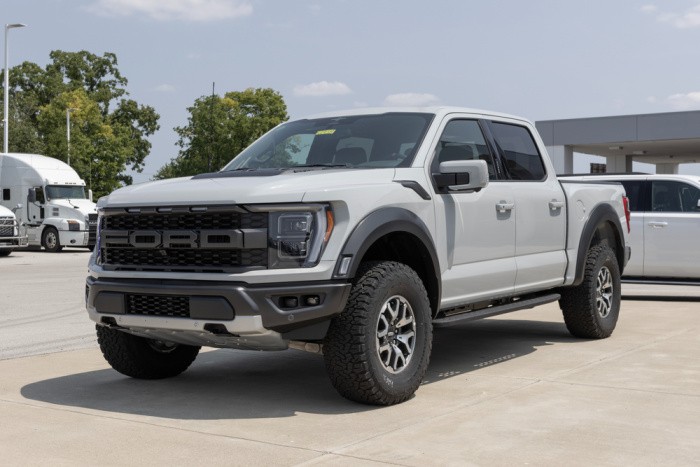

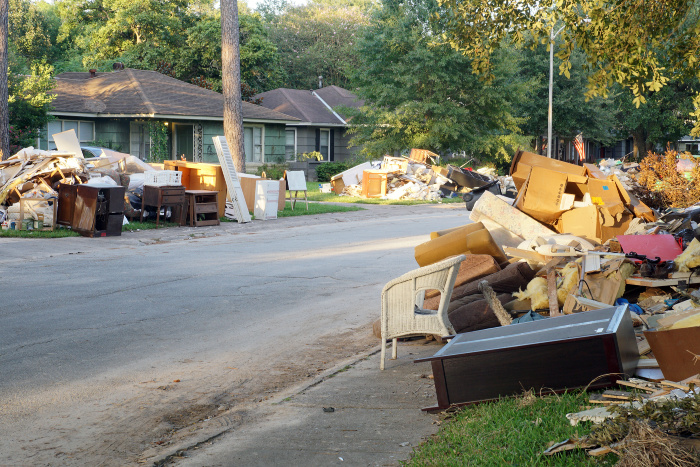


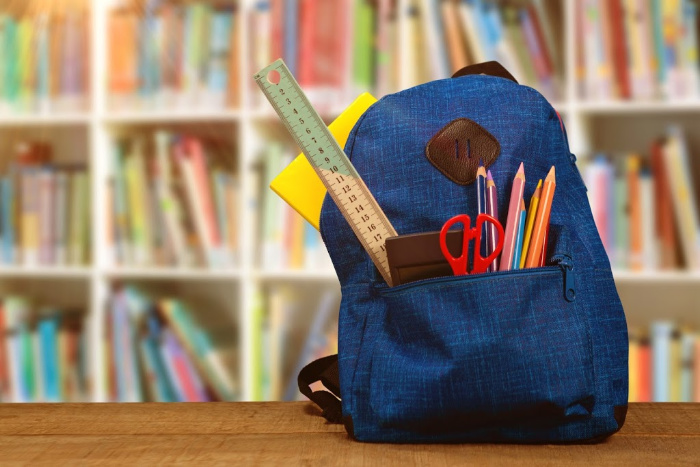

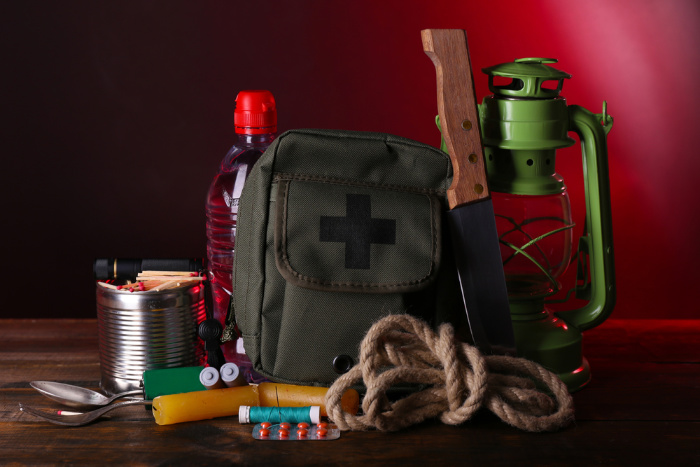














Your vehicle is definitely an extension of your preparedness. You’ve listed many good things.
Mine is based on my needs and desires. It’s a 2021 Chevy Silverado Trail Boss. It comes with a 2” lift and off road package with G80 rear locker. (Newer Z models also have front lockers) I’ve upgraded the tires in size and style and have off road chains and cables. I’ve a 10K lb winch on an upgraded bumper/guard and full recovery gear to include tow straps, kinetic energy ropes, soft and hard shackles, pulleys etc.
It’s got 2 radios a CB and a HAM/FRS/GMRS and I carry 2 handhelds. It has 2 extra rear backup lights, 2 pod lights and 14” light bar. There are added cameras under the winch to see obstacles and a cargo bed camera. I carry extra fuel, water, traction boards, shovel and a full toolbox to include a briefcase welder. I upgraded the suspension with 7000lb bump stop replacements and Bilstein 5100 shocks/adjustable struts and a trailer brake controller. I put a small crane lift in the rear, fire extinguisher and added a 1500wt inverter for power in the bed and under the hood for regular plug in tools. I carry weapons in an overhead rack that you can lock.
I generally have snacks and some bottled water especially in the summer. My go bag also has food and water.
Remember all vehicles are also weak points and not without flaws. You might have to abandon them so have a plan.
Hi Matt, oh thank you for sharing all the items you added to your truck, what a blessing this will be for others to read. Thank you so much for sharing. I have never owned a truck but I believe we may need one. We need to make a plan with the vehicle we have right now and plan on the weak points of that vehicle. It’s all about being prepared in so many ways. Thanks again, Matt! Linda
I like Matt’s comment. Husband and I both have vehicles that have upgrades. Got to try them out on my vehicle when we drove through Colorado last week in sleet, ice, and snow. We always carry preps with us and that changes with the seasons. As Matt said, there are weak points on every vehicle; we just try to do the best we can.
HI Paula, ice is the worst for me because even with our 4WD vehicle, it does nothing. I’m glad you made it safe through Colorado, they have some bad snow storms. Linda
Linda,
This was an excellent article and got me to thinking. As always Matt’s comments were helpful.
If I had to bug out (God forbid) I’d take my old 99′ E250 van. I used it when building houses and doing fix and flips. A van is better than a pickup because the back enclosed and can be locked up. Mine has shelves in it and a 12′ long bed, so a lot of good stuff would fit in it in addition to my go bags. It’s set up nicely for snow and ice with oversize, aggressive tread tires and chains. And I like a van better for such conditions because the rear end is heavier giving you more stability in harsh conditions. The only downside would be driving in high crosswinds.
If I was seriously thinking about TEOTWAWKI though I’d buy an old armored truck from Brinks or maybe a government surplus MRAP if I could get one.
That said, a good quality bicycle with a small trailer just might be the best bug out vehicle, because it wouldn’t need fuel, and an electric model can even give you a power assist when needed, and can be recharged with pedal power or folding solar panels.
HI Ray, wow, wouldn’t that be nice to get your hands on a a Brinks or Government surplus MRAP! It’s fun to think outside the box that’s for sure. That van would be a nice bug out carrier! I hope I never have to bug out because my little Honda 4WD CRV will not hold much! LOL! Linda